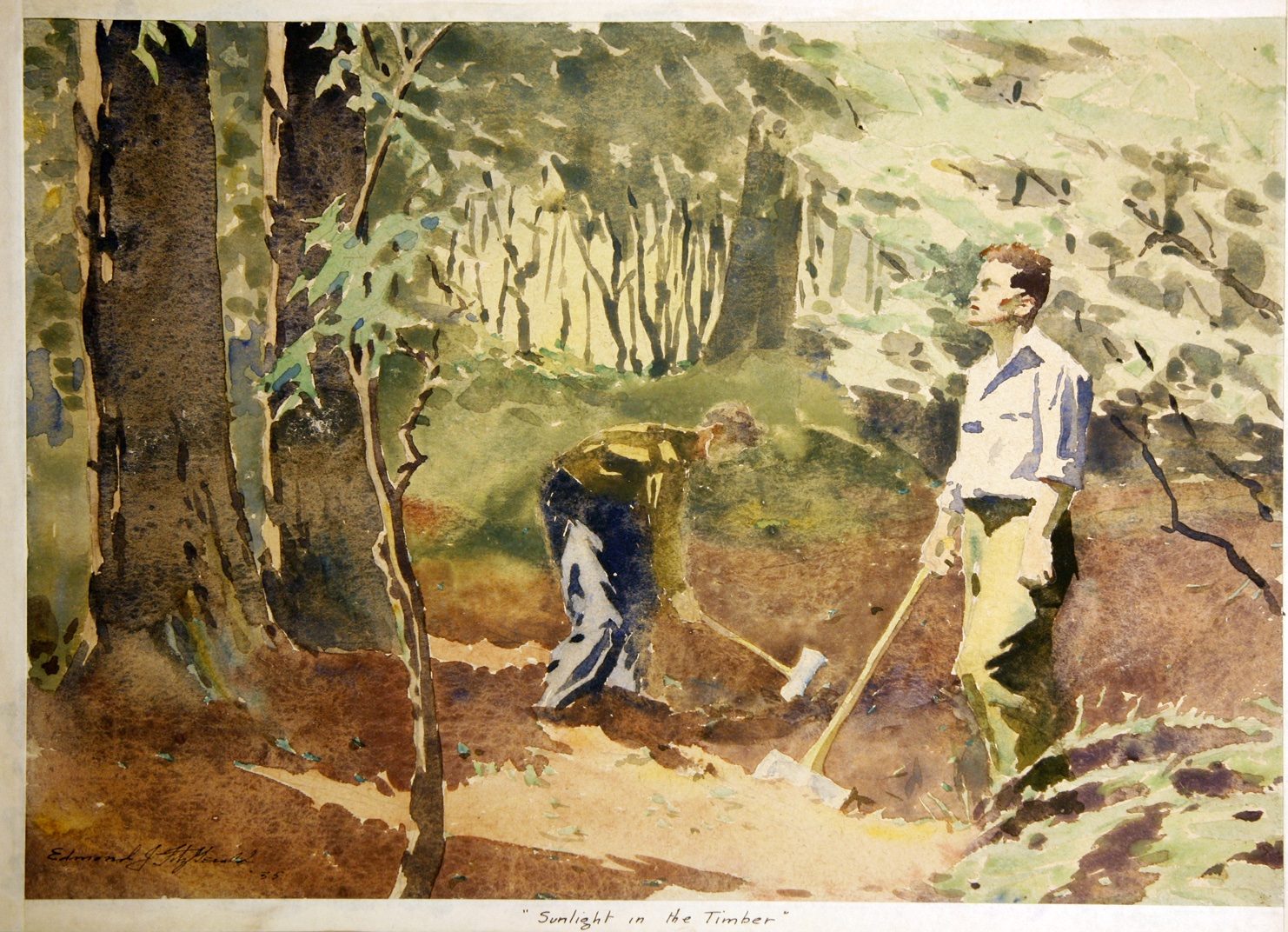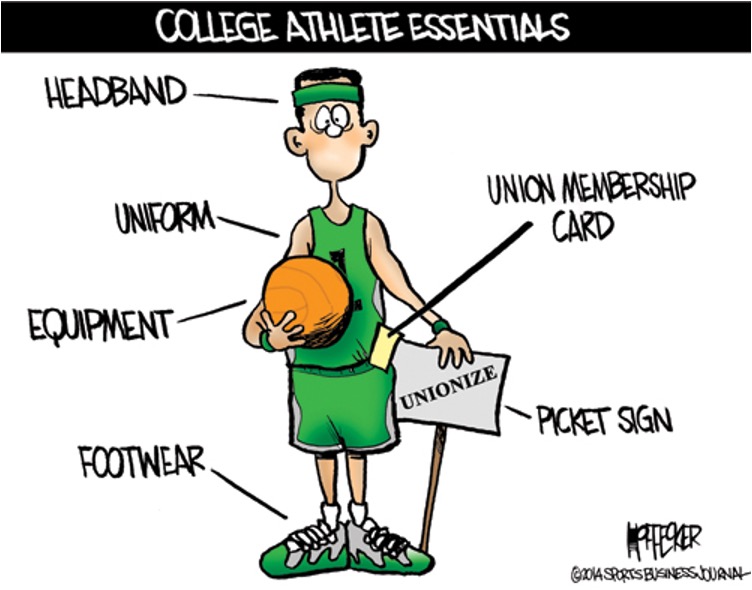By: Tristin Wood
“I am glad I shall never be young without wild country to be young in. Of what avail are forty freedoms without a blank spot on the map?” – Aldo Leopold
In an era marked by environmental challenges and a growing desire for meaningful engagement with nature, there is a powerful and transformative idea that draws inspiration from the past – the revival of the Civilian Conservation Corps (CCC). The CCC, which operated between 1933 and 1942, is renowned for its work in reinvigorating the American landscape.[1] Today, we stand at a crossroads, facing ecological crises that demand immediate attention. A ready solution is a new Civilian Conservation Corps that would provide scholarships to young adults and tax breaks to families who commit to restoring the land to its natural state. This modern CCC would focus on a range of projects, including removing unused fencing, installing wildlife-friendly barriers, reintroducing native flora and fauna, constructing earthen dams in non-riparian valleys, and clearing blighted land for community renewable energy production. Such a program will – as it has – expand the sporting and outdoor culture of this country, matching the expansion of spectator sports in the past century.
During its life as a New Deal program, the CCC employed more than 3 million young men, who planted 2 billion trees, slowed soil erosion on 40 million acres of farmland, and developed 800 new state parks.[2] This remarkable legacy of the CCC highlights the potential for a new program to create lasting change in our environment.
The CCC’s mission was not solely about conservation; it aimed to create a harmonious balance between human activities and the natural world.[3] This vision aligns with a holistic view of conservation that considers the interconnectedness of all resources – human and natural. “Landscape is . . . ‘nonhuman nature altered by human labor’ and represents the nexus of interactions between society and the natural environment. Landscape, as such, is a fusion of ecological and cultural elements. Rather than blaming society for degrading ecosystems, landscape helps us understand how nature and culture change in tandem.”[4] Taking the view that “nature is safest when shielded from human labor is dangerous because it masks the fact that human work has always intersected with the natural world and in doing so has historically imparted knowledge about nature to laborers.”[5] This perspective will help shift environmentalism away from its modern misanthropy, unconducive as it is to action.[6]
The work of the CCC camps followed a typical pattern: improving the local environment resulted in recreational tourism or increased crop yields, which made rural communities more amenable to conservation.[7] Put simply, this program created a ripple effect of ecology, economy, ideology. As the CCC democratized the conservation movement, it integrated the conservation of natural and human resources into federal conservation policy.[8] The CCC’s influence extended beyond its life as a program, laying the groundwork for grassroots environmentalism after World War II.[9] In sum, empowering youth to make a difference was more than just environmental work; it was a “moral equivalent of war against wastage.”[10]
The Modern CCC: A New Vision
Drawing inspiration from the CCC’s legacy, it’s time to embrace a new Civilian Conservation Corps that is adapted to the needs and challenges of the 21st century. The core of this modern CCC would involve scholarships for young adults and tax breaks for families who commit to ecological restoration projects. The primary benefits can be separated into four categories:
1. Restoring Natural Landscapes: The modern CCC would focus on removing unused fencing, installing wildlife-friendly barriers, reintroducing native flora and fauna, and revitalizing blighted land for community renewable energy production. These initiatives align with and can serve the modern vision of creating wildland networks through North America.[11]
2. Educational Component: Like the original CCC, the new program should include an educational component. Enrollees would not only participate in hands-on restoration work but also receive training and courses that emphasize the importance of conservation. This approach would foster a deeper understanding of the ecological and cultural aspects of the environment.
3. Community Engagement: The new CCC would encourage community involvement in restoration projects. By offering tax breaks to families, the program could incentivize local participation, making conservation a collective effort. The projects could extend to urban areas, making our cities more sustainable.
4. National Impact: Just as the original CCC expanded the conservation movement across the nation, a modern CCC would seek to engage citizens at all levels. It could promote a broader understanding of conservation as the responsible use of both natural and human resources. The CCC’s work in promoting conservation education and practices within schools could be revisited in this modern context.
The revival of a Civilian Conservation Corps offers a unique opportunity to address environmental challenges while fostering personal growth and community engagement. By providing scholarships to young adults and tax breaks to families willing to participate, we can build a stronger nation with a deep connection to nature. This modern CCC would continue the legacy of the original program, embracing a holistic view of conservation that considers the interconnectedness of all resources. In doing so, we would not only restore our natural landscapes, but also build a more sustainable and environmentally conscious society for future generations.
[1] Nature’s New Deal, Neil M. Maher 3-4 (2007).
[2] Id.
[3] Id. at 167.
[4] Id. at 6-7.
[5] Id. at 78.
[6] See Connor Farnham, Misguided Misanthropy: Why the “Humans are the Virus” Mindset is Damaging to the Environmental Movement, The Bard CEP Eco Reader https://www.bard.edu/cep/blog/?p=11973 (Oct. 27, 2023).
[7] See Maher, supra note 4 at 149.
[8] Id. at 11.
[9] Id. at 210.
[10] Id.
[11] See Dave Foreman, The North American Wildlands Network: Four Megalinkages, The Rewilding Institute https://rewilding.org/the-science-behind-continental-scale-conservation/the-north-american-wildlands-network-four-megalinkages/#:~:text=Atlantic%20MegaLinkage%3A%20From%20the%20Everglades,into%20the%20Upper%20Great%20Lakes. (Oct. 27, 2023).





